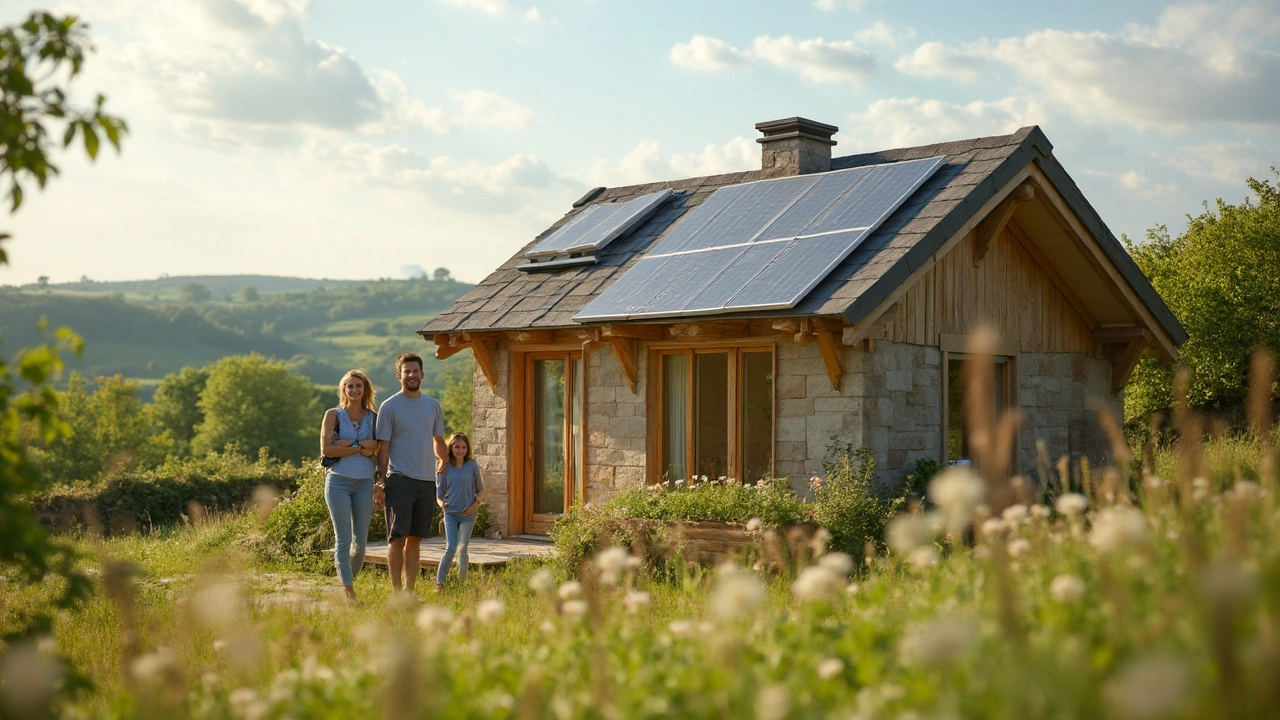
Budget House Plans: Smart Ways to Build Without Breaking the Bank
If you’re dreaming of owning a home but the price tag feels scary, budget house plans are your shortcut. These designs focus on using fewer materials, simpler shapes, and clever layouts to keep costs low. The result? A cozy, functional space that fits your wallet and your lifestyle.
One of the biggest money‑savers is choosing a plan that matches the size of your lot. A compact footprint means less foundation work, less roofing, and fewer windows to heat or cool. Think about a rectangle or square shape – they’re easy to frame and waste less lumber. When you pair a tight layout with an open‑plan living area, you get a feeling of spaciousness without the extra square footage.
Top Cheap Home Types to Consider
For 2025, the most affordable builds are tiny houses, modular units, and prefabricated panels. Tiny homes can be as small as 200 square feet, but clever storage and multi‑use furniture make them livable. Modular homes arrive in sections, so factory‑built walls cut labor costs and reduce on‑site waste. Prefab panels snap together like Lego, letting you finish a house in weeks instead of months.
Even a traditional stick‑built home can stay cheap if you pick a simple roof line and limit interior walls. One‑story designs avoid stair costs, and a gable roof uses fewer trusses than a complex hip roof. Stick with standard dimensions for doors and windows – custom sizes add up fast.
Practical Tips to Keep Building Costs Down
Start by drawing up a tight budget before you pick a plan. List every expense: land, permits, foundation, framing, insulation, and finishes. Look at the posts on our site like “Most Affordable Homes to Build in 2025” and “Easiest Houses to Build” for real‑world cost breakdowns. Knowing the numbers helps you spot where you can save.
Buy materials in bulk whenever possible. Many suppliers give discounts on lumber, drywall, and roofing when you order a full truckload. Re‑using reclaimed wood or windows also cuts price and adds character. If you’re handy, do the finishing work yourself – painting, flooring, and installing fixtures are tasks many owners can handle with a weekend’s effort.Don’t forget energy efficiency. Adding proper insulation, sealing gaps, and choosing energy‑star windows may cost a bit more upfront, but the lower heating and cooling bills pay off quickly. One of our articles, “Are Eco Homes Expensive?” explains how green choices can actually save money over time.
Finally, stay flexible with your timeline. Building during the off‑season often means lower labor rates and more availability from contractors. Keep an eye on local building incentives – some councils offer tax breaks for small or sustainable homes.
Budget house plans aren’t about cutting corners; they’re about smart choices that let you own a home without a mountain of debt. Use the ideas above, explore the related posts on affordable builds, and you’ll be ready to turn a modest design into a place you love. Happy building!
